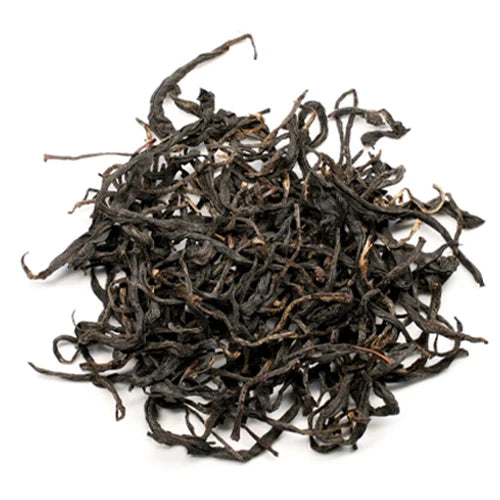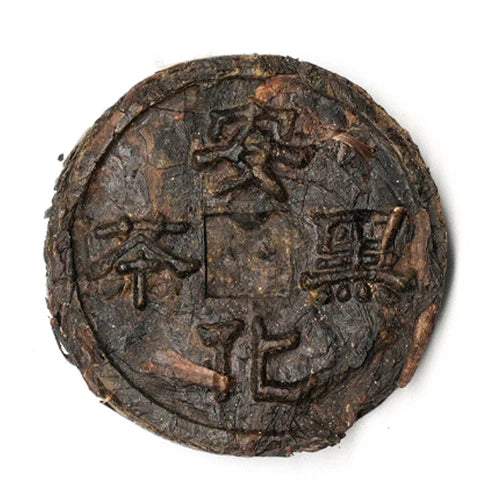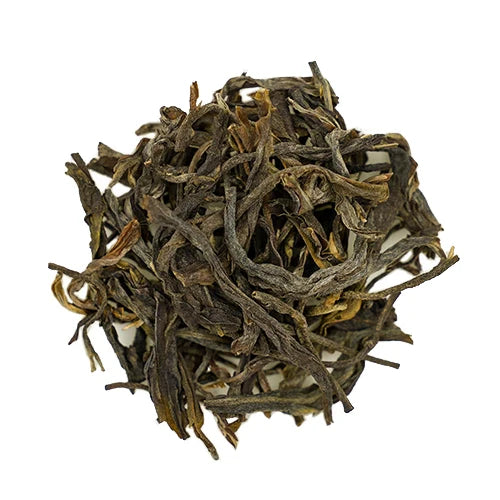
What’s the Codes of Tea Colors?

The colors of tea leaves and tea soup are decided by natural substances. For example, black tea has different degrees of fermentation, which results in different ratios of theaflavins, thearubigins and theabrownins. The different ratios of these substances lead to various colors of black tea soup. Lightly fermented tea has more theaflavins and the color of the tea soup looks more like gold. Highly fermented tea has more thearubigins and the color of the tea soup looks more like red.
Theaflavin is one of the oxidation products of polyphenol substances. Pure theaflavins are orange yellow and needle-like crystals. The water solution of theaflavins is bright orange yellow. Theaflavin is the main factor of the brightness of tea soup. In tea soup, the taste of theaflavins is strongly stimulating, sweet after taste and astringent.
Thearubigin is a kind of complicated reddish-brown phenolic compound. The water solution of thearubigins is brown and red. Thearubigin is the main factor of the redness of tea soup. In tea soup, the taste of thearubigins is weakly stimulating. Thearubigins have a strong influence on the flavor, density and color of tea soup.
Theabrownin is a kind of water-soluble, non-permeable and hyperpolymeric brown substance. The main components of theabrownins are polysaccharide, proteins, nucleic acids and polyphenol substances. Theabrownins are further oxidative and polymerized products of theaflavins and theaflavins. The color of theabrownin is dark brown. Theabrownin is the main factor of the darkness of tea soup. In tea soup, the taste of theabrownins is flat, slightly sweet and astringent.
How to Determine the Type of Tea by Tea Broth Color?

Green Tea: Loose Leaf Green tea is unoxidized tea leaves, and its tea broth is usually bright green, or sometimes it may be light yellow.
Yellow Tea: Yellow tea usually presents a pale yellow to light orange tea broth. It is a slightly oxidized tea, and the color of the tea broth is between green tea and oolong tea.
White Tea: White tea is a very slightly or unoxidized tea with a pale yellow or light green color, reflecting the natural state of the tea leaves.
Oolong tea: Loose leaf oolong tea is a semi-oxidized tea, the color of the tea broth can range from light yellowish brown to dark reddish brown, depending on the production process and the degree of fermentation of the tea leaves.
Black Tea: Loose leaf black tea usually has a reddish color and is sometimes referred to as black tea. This is because black tea is fully fermented.
Dark Tea: The tea soup of dark tea usually has a dark reddish or brown color, which is usually deeper than black tea. The color of Ripe Pu-erh, a famous type of dark tea, may change depending on how long it has been stored.

It should be noted that the color of tea broth may vary among different brands, origins and grades of tea in the same category. Therefore, when using the color of tea broth as an indicator of tea tasting, it is best to consider it in conjunction with other factors, such as aroma, taste and leaf base. Tea tasting is a complex process, and it is best to develop sensitivity to the color of tea broth by trying different teas based on an understanding of the tea category.
Some text and pictures are from other sources. If there is any infringement, please contact us.
Share


































































